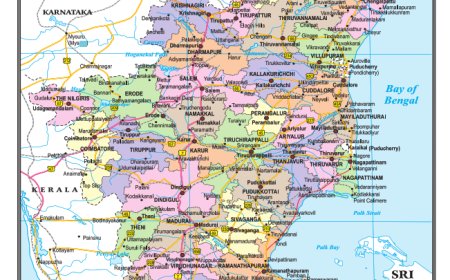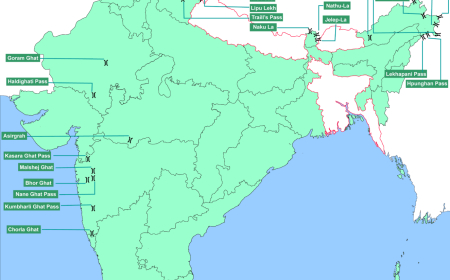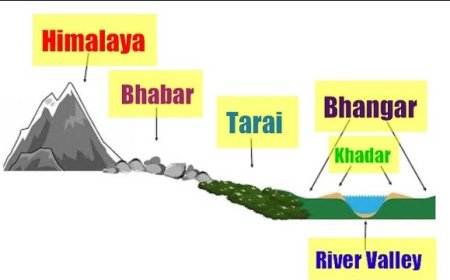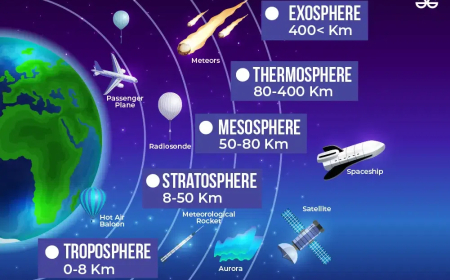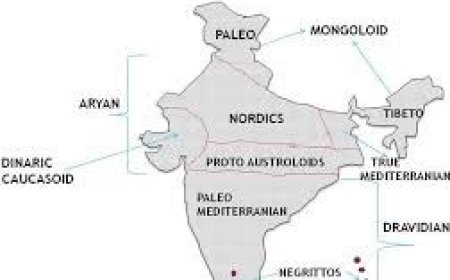Composition and Layers of Atmosphere
Composition and Layers of Atmosphere
| Layer | Description | Altitude Range | Temperature | Key Features | |
| Troposphere | All Weather Phenomenon | The lower most layer of the atmosphere, extending approximately 8 km from the poles and 18 km from the equator. The height changes seasonally, increasing in summer and decreasing in winter. All weather phenomena occur here due to the presence of dust particles and water vapor. Temperature decreases with altitude at the rate of 1 °C for 165 meters. The densest layer, containing 70 to 80 percent of gases. The outer boundary is called the tropopause. | Up to 8-18 km | Decreases with altitude |
Contains weather phenomena, clouds, and precipitation. The lapse rate of temperature is 6.5 °C per 1000 meters. Tropopause is about 1.5 km thick.
|
| Stratosphere | Large Jet Planes Fly, Atmosphere Baloons | Found above the troposphere, extending up to 50 km from the earth's surface. Temperature is constant up to 20 km and increases gradually up to the stratopause. The lower part is highly concentrated with ozone gas (ozonosphere), which prevents harmful UV rays from entering the lower atmosphere. | 18-50 km | -4 °C at stratopause |
Contains the ozone layer, which protects life on Earth from harmful UV radiation. Temperature increases with altitude in this layer.
|
| Mesosphere | Meteor Burn Here | The third layer, extending approximately up to 80 km above the earth's surface. It is the coldest layer of the atmosphere, with temperature decreasing with altitude due to the absence of ozone. Its upper boundary is called the mesopause, where the temperature reaches -90 °C. Luminous noctilucent clouds form here due to cosmic dust, and meteors burn out in this layer. | 50-80 km | Decreases with altitude |
Coldest layer; meteors burn out here; forms luminous noctilucent clouds. Mesopause has a temperature of -90 °C.
|
| Thermosphere | Homosphere-Heterosphere- Ionosphere Radio Communication. ISS and LEO Satellites |
Also known as the ionosphere, this fourth layer extends approximately up to 400 km. Temperature increases rapidly up to 1,000 °C due to the absorption of high-energy solar radiation by hydrogen and oxygen atoms. Light energy is transformed into heat energy, causing gas molecules to become charged particles (ions), creating the ionosphere. This layer facilitates long-distance wireless satellite communication and creates auroras at higher latitudes. | 80-400 km | Increases rapidly |
Contains ionized particles; facilitates satellite communication; creates auroras. Temperature can reach up to 1,000 °C.
|
| Exosphere | Aurora Borealis, Aurora Australis | The uppermost layer, extending into outer space from above 400 km up to 1,600 km. It contains mainly oxygen and hydrogen atoms, which can travel hundreds of kilometers without colliding. This layer no longer behaves like a gas. The temperature increases with altitude, ranging as high as 1,650 °C. The gravitational pull is minimal, and the layer gradually merges with space. | 400-1,600 km | Increases with altitude |
Rarefied contents; minimal gravitational pull; merges with space. Temperature can reach up to 1,650 °C.
|
What's Your Reaction?







